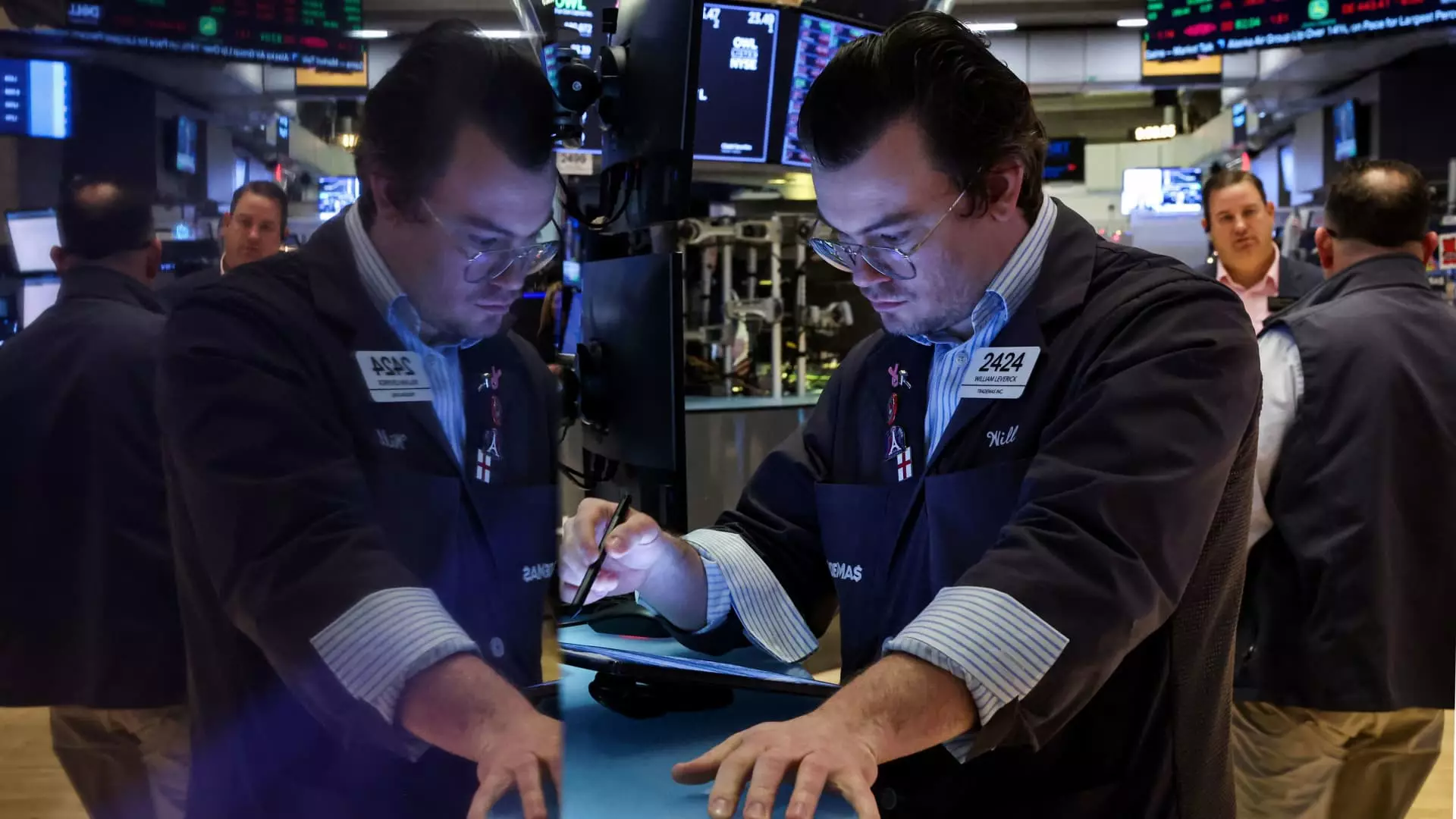The Dow Jones Industrial Average (DJIA) has recently faced an alarming nine-day streak of decline, a pattern reminiscent of tumultuous market conditions that haven’t been seen since February 1978. Investors are left questioning the underlying causes of this downturn and its implications for future market stability. It is essential to dissect the contributing factors and understand whether this streak warrants genuine concern or represents a temporary blip in an otherwise robust market landscape.
A closer look at the stocks primarily influencing this recent decline sheds light on investors’ anxiety. Among the 30 constituents of the Dow, UnitedHealth emerges as the principal laggard, accounting for a staggering portion of the index’s overall decline in recent sessions. The company has witnessed a significant downturn of approximately 20% in December alone. This decline can be traced back to significant market events, including President-elect Donald Trump’s commentary aimed at shaking up the pharmaceutical industry by challenging the role of pharmacy benefit managers. Furthermore, the tragic circumstances surrounding the demise of Brian Thompson, the company’s CEO, have added to the turmoil.
Moreover, the Dow’s decline reflects a wider market phenomenon: a noticeable rotation of investor preference away from cyclical stocks, which were initially buoyed by optimism regarding Trump’s re-election. Companies like Sherwin-Williams, Caterpillar, and Goldman Sachs, which typically thrive in a strong economic climate, have all posted declines of over 5% this month. This shift has had a pronounced impact, dragging down the Dow as a whole.
Interestingly, while the Dow struggles, other indices like the S&P 500 and the Nasdaq Composite are not only surviving but thriving. The S&P 500 recently recorded a new high and is hovering just below that mark, indicating underlying strength in broader market sectors. This disparity raises questions: Is the Dow’s decline an isolated event, or does it point to deeper issues within the index structure itself?
Investor concerns have been exacerbated by rising jobless claims, which have prompted fears about potential economic weakness. However, despite these emerging indicators, the market outlook for 2025 remains cautiously optimistic, with no signs pointing towards the stagflation characterized by the late 1970s.
One fundamental issue with the DJIA lies in its methodology. Established in the 1890s, the index is a price-weighted average, which means larger companies have a more significant impact on its performance than smaller ones. This design inadequately mirrors contemporary investment realities. It fails to adequately represent the diversified and dynamic nature of today’s economy, as it offers a limited view through the lens of just 30 companies.
Mitchell Goldberg, President of ClientFirst Strategies, aptly points out that the Dow no longer accurately reflects the industrial focus of America as intended. The current sell-off may be more indicative of investor behavior and preferences skewed towards technology stocks, which have driven substantial gains in indices like the S&P 500 and Nasdaq but are underrepresented in the Dow’s price-weighted construction.
Despite the recent downturn, many analysts believe this pullback is temporary. Anticipation builds around upcoming decisions from the Federal Reserve, which may reinvigorate the market if seen positively. As traders remain vigilant, the notion of entering the market during oversold conditions may prove advantageous.
Investors should maintain a long-term perspective, recognizing the historical context and structural issues that the Dow faces compared to more diversified indices. Instead of succumbing to fear brought on by short-term fluctuations, it’s vital to focus on fundamental economic indicators and data, which continue to show resilience.
While the DJIA’s relentless decline is troubling, viewing it in the broader context of the market and adjusting for its outdated mechanisms will provide a clearer understanding of the landscape for investors. This moment serves as a reminder that markets are inherently cyclical and influenced by factors beyond any single index. As always, informed decision-making should prevail in moments of uncertainty.

